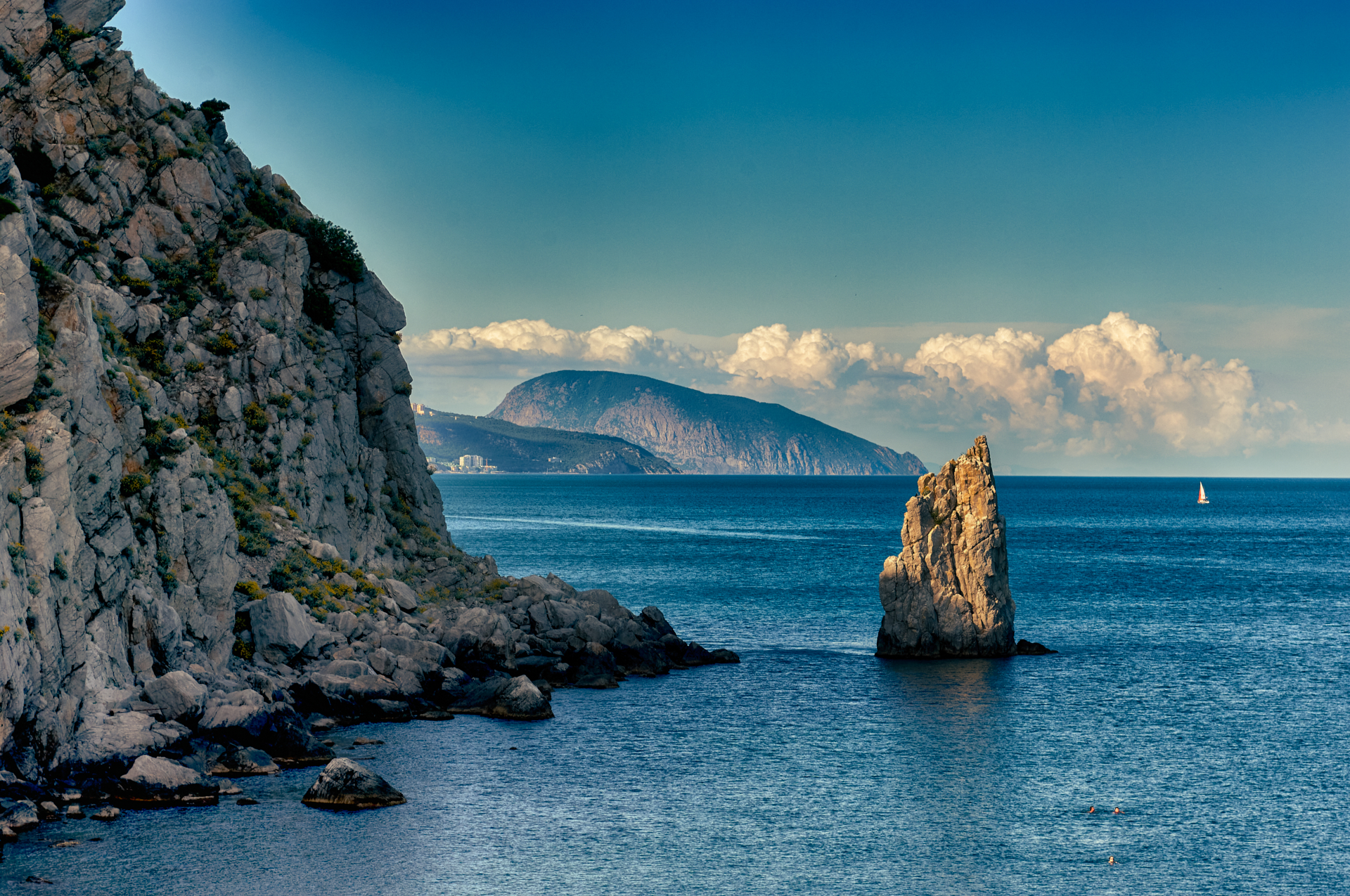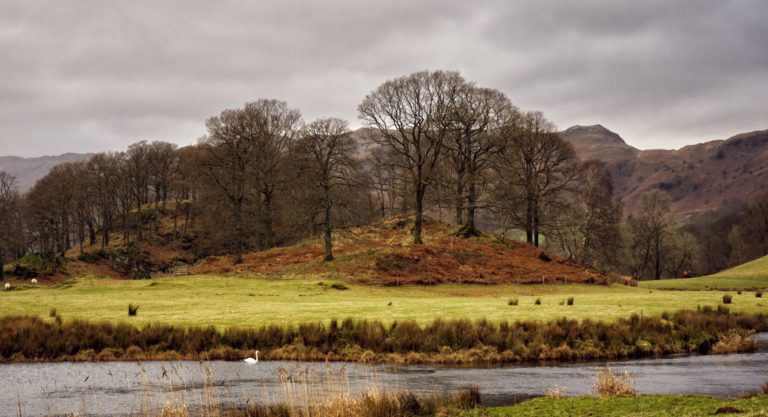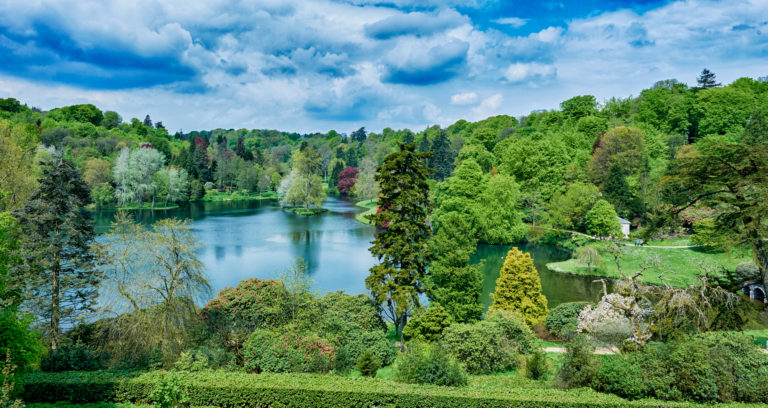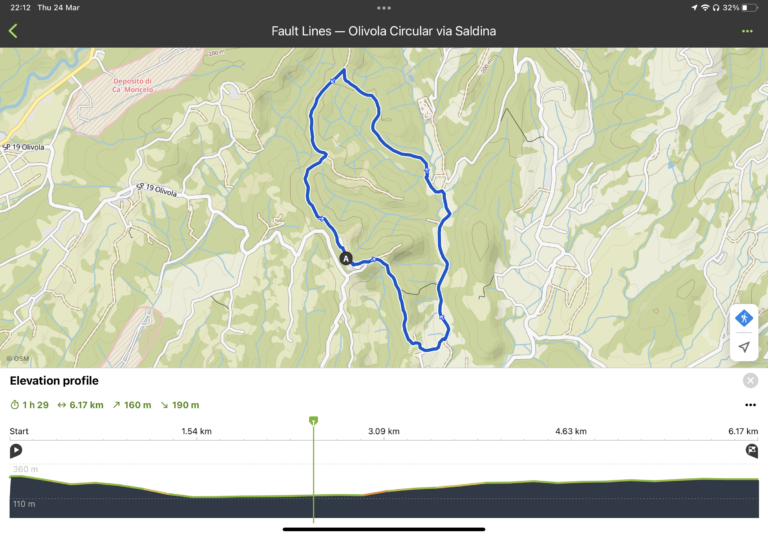For the purpose of this article I am using the phrase ‘in the frame’ to represent the content of a photographic image. The frame itself refers to the camera’s viewfinder or viewing panel. But it could equally apply to a frame of film or a print in a gallery. Poor composition can turn a perfect view into an uninspiring snap. Whereas, great composition can elevate the ordinary everyday into a masterpiece.
Why do our eyes see something amazing only for a photograph of the same thing to be disappointing?
It’s all about the frame. When we view something through our eyes, there is no frame. Our brain doesn’t impose any hard edges to what we see. Instead of a frame we have a field of view. A field of our own choosing. A 360º view in three planes with infinitely variable focus. We can choose what to include and what to ignore. As photographers, we have to take that complex mental image and render it within a rigid box. Whatever we exclude from the frame is never seen by the viewer. And whatever we put in the frame becomes impossible to ignore. On top of all that, the area in focus (DoF) becomes fixed as soon as we press the shutter. It’s no wonder that capturing the essence, emotion, and beauty of the original scene is not a simple task. However, even though we can’t do anything about the frame, we can compensate for it by understanding the art of composition.
Composition — art, science, and philosophy in the frame
For me, rules are anathema. So, the last thing I intend is to suggest that there’s a set of rules for composing the perfect shot. My philosophy is simple: understanding how art and science affect the perception of an image is gold dust. Armed with that knowledge, it becomes possible to suffuse the final image with the same awesomeness that was present in the original scene.
But how? In my photography and personal development workshops, I make use of the glass half full or glass half empty question. But, in the case of my photography workshops, I throw in a catch by asking for a scientific rather than a philosophical answer. The glass is obviously full. Fifty percent liquid. Fifty percent air. One hundred percent telling a story.
The liquid, the air, and the story represent the three most important elements of any piece of art. Chief of which is story. Another word for story would be emotion. If an image lacks emotion, then it is unlikely to resonate with the viewer. The beauty is that paying due attention to the other two elements is very likely to deliver the emotional quotient that rounds the square.
what does it mean to inject liquid and air into a composition?
Take an image that overlooks an empty shoreline and stretches out across the sea. Now, suppose we add a bench as foreground interest. We are starting to build a story. But which way does the bench face? The question is an important one because it completely changes both the story and the narrative. Objects like our bench introduce space and direction into the frame. Space is our air. Direction is our liquid — because it brings movement and fluidity to the scene.
If the bench is facing the sea, then our eyes are led through the space that opens up in front of it. It’s exactly as though we were sitting on that bench. On one level, we view the image as an outside observer. While, on another level, we are actually there.
If the bench were to face the viewer, then the area behind it would die. The space becomes compressed into the slither of foreground between the viewer and the bench. The story becomes a mystery because whatever can be seen from the bench is out of the frame. The composition has introduced a sense of direction that leads the viewers eyes out of the scene instead of drawing them into it.
Imagine another image that includes a couple walking hand in hand across the scene. Let’s say we follow convention and position them a third of the way up and a third of the way across the frame. The story that is told changes dramatically depending on whether the couple is walking into the tableau or walking out of it. Remember, space is not created by adding emptiness to a scene, it’s created by direction: the direction people are walking in, the way a bench is facing, the direction of a gaze, etc. It is the artist’s job to ensure that the composition places the right amount of that space in a position that fits with the narrative.
Are all the elements in the frame?
Direction is not the only factor influencing movement within an image. Blurring or freezing the action are useful techniques too. Sometimes it’s the subject that gets blurred. E.g. long exposures of streams, waterfalls, or taillights. And sometimes it’s everything but the subject that gets blurred. E.g. panning the camera in action sports such as racing, or using DoF for close up images of wildlife. Even the focal length of the lens you choose can help to create the illusion of motion.
What it all boils down to, is preventing an image from ending up as an unemotional, two-dimensional, hard-edged snap when it could so easily be an impassioned, multidimensional, prize winning photograph. We don’t want to be ‘in the frame’ for making mistakes, we want our images to be ‘in the frame’ for an award.
So, before you press the shutter, ask yourself, ‘Does the frame contain everything that should be there?’ ‘Does it include anything that should not be there?’ ‘Does it illustrate the story we’re trying to tell?’
Parting shot
The artist, David Hockney, understood this perfectly. His photo collages defeat the paradigm — that a frame limits creativity — by constructing an irregular edge of overlapping visual elements that break through the confines of a physical border into the untapped potential of the surrounding space.
This desire to escape the claustrophobic shackles of traditionally framed art has led to the increased popularity of borderless prints. Here, at angellightphoto, I offer a wide selection of borderless prints on canvas, acrylic, or aluminium mounts.




Pingback: Earth, air, fire & water — The greatest of these is fire - angellightphoto